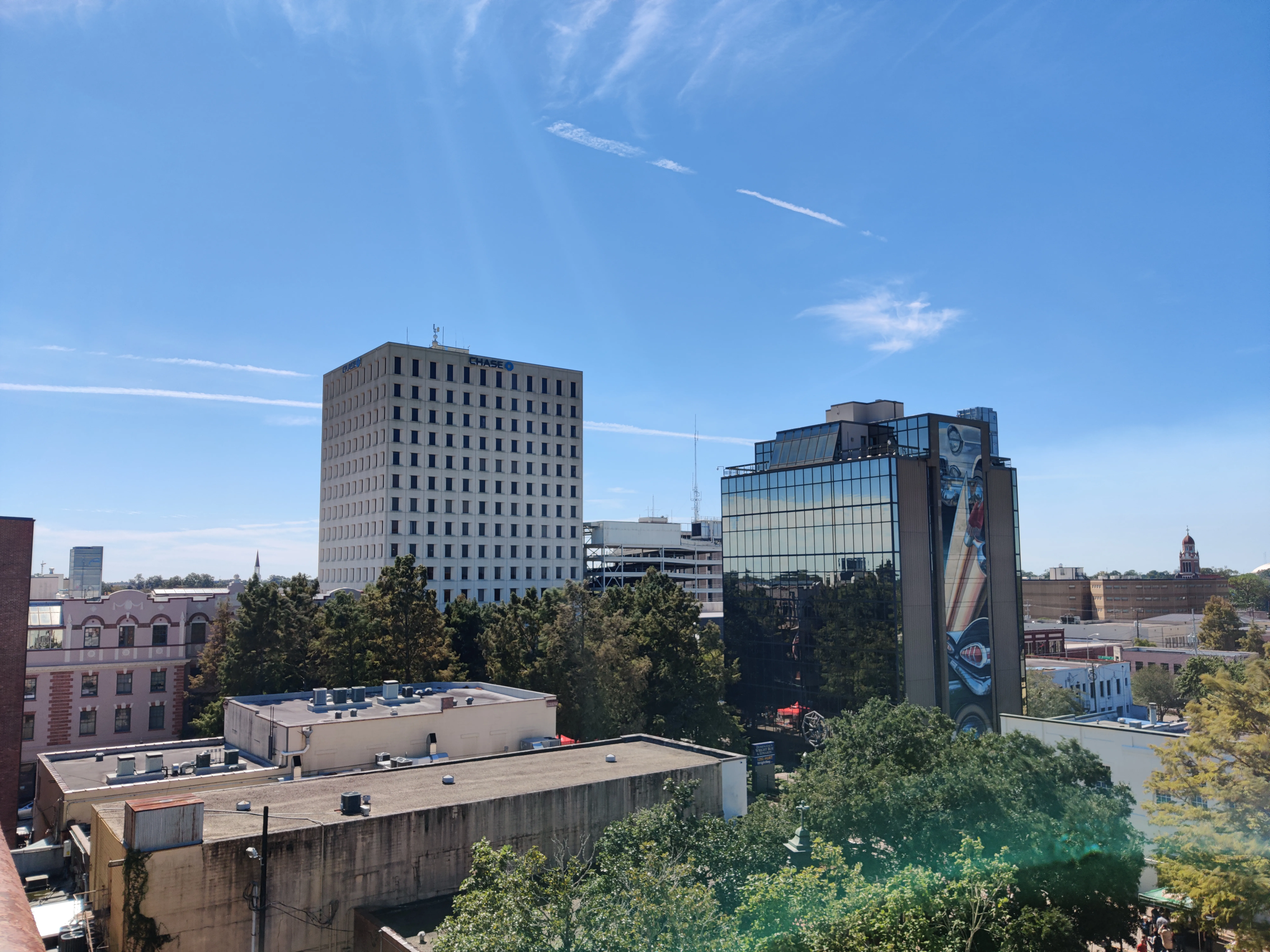The aroma of spicy gumbo hangs heavy in the air, the vibrant pulse of Zydeco music echoes in the streets, and the laughter of children rings through the moss-draped oaks. This is Lafayette, Louisiana, a city celebrated for its rich culture, Cajun charm, and deep-rooted traditions. Yet, beneath the vibrant facade lies a hidden darkness, a shadow that casts long and cold: Lafayette has been named one of the most depressed cities in Louisiana.
Source – thehill.com
I. The Statistics: A Stark Reality
- Alarming Prevalence: The data paints a grim picture. A staggering 25.8% of Lafayette residents, almost one in four, report suffering from depression, significantly exceeding the national average of 18.1%. This translates to roughly 60,000 individuals battling the darkness within.
- Disparities in Distress: The burden of depression is not equally distributed. Certain demographics, such as women, young adults, and individuals below the poverty line, face a disproportionately higher risk.
- Economic Woes: The city grapples with economic challenges. Stagnant wages, limited job opportunities, and a high poverty rate contribute to financial anxieties, a known trigger for depression.
II. Untangling the Threads: Why Lafayette?
- The Legacy of Trauma: Lafayette’s history is marked by natural disasters, from hurricanes and floods to the devastating Deepwater Horizon oil spill. These events have left deep emotional scars, creating a culture of resilience intertwined with a sense of loss and vulnerability.
- The Erosion of Social Fabric: The decline of traditional community structures, the weakening of social safety nets, and the increasing isolation fueled by technology contribute to a sense of loneliness and lack of support, both crucial factors in depression.
- Cultural Stigma: The stigma surrounding mental health within certain communities can prevent individuals from seeking help, exacerbating the problem and fostering a cycle of silence.
III. Beyond Statistics: Human Stories
- The Faces of Depression: Lafayette’s story is not just statistics; it’s woven from the threads of individual lives. We meet Sarah, a young single mother struggling to make ends meet, John, a veteran haunted by the ghosts of war, and Marie, an elderly woman grappling with the loss of her community. Each story reveals a unique struggle with depression, a testament to the human cost of this silent epidemic.
- Finding Hope in the Bayou: Despite the darkness, glimmers of hope persist. Community initiatives, faith-based organizations, and mental health professionals are working tirelessly to break down the stigma and provide accessible resources. Stories of resilience emerge, individuals share their journeys of recovery, and a sense of solidarity takes root.
IV. A Call to Action: Dispelling the Shadows
- Breaking the Silence: Starting a conversation about mental health is crucial to dismantling the stigma and building a supportive community. Open dialogue, public awareness campaigns, and educational programs can empower individuals to seek help.
- Investing in Resources: Increased access to affordable mental health care, including culturally competent therapy and support groups, is essential. Strengthening existing programs and exploring innovative solutions can ensure that no one is left behind in the fight against depression.
- Building Community Bridges: Fostering a sense of belonging and connection through community events, volunteer initiatives, and social programs can combat isolation and provide much-needed support.
- Empowering Individuals: Equipping individuals with coping mechanisms, mindfulness practices, and stress-management techniques can empower them to take charge of their mental well-being.
FAQ’s:
1. Why is the rate of depression so high in Lafayette?
Multiple factors contribute: economic woes, historical trauma from natural disasters, declining social support, and stigma surrounding mental health.
2. Who is most at risk for depression in Lafayette?
Women, young adults, individuals below the poverty line, and veterans face a higher risk.
3. What are the resources available for people with depression in Lafayette?
Community initiatives, faith-based organizations, and mental health professionals offer affordable therapy, support groups, and educational programs.
4. How can we break the stigma surrounding mental health in Lafayette?
Open dialogue, public awareness campaigns, and personal stories of recovery can help normalize conversations about mental health.
5. What can individuals do to cope with depression in Lafayette?
Seek professional help, connect with support groups, practice mindfulness and self-care, and build a strong social network.
6. What can be done to prevent depression in Lafayette?
Investing in economic opportunities, strengthening social safety nets, and fostering community programs can address underlying risk factors.
7. Is there hope for overcoming depression in Lafayette?
Absolutely! With increased awareness, access to resources, and individual coping mechanisms, Lafayette can emerge from the shadows of depression.
Conclusion:
Lafayette, the city of Zydeco and gumbo, carries a hidden burden: the weight of depression. Yet, within its shadows lie embers of hope, waiting to be rekindled. By acknowledging the problem, breaking the stigma, and investing in resources, Lafayette can reclaim its vibrant spirit, ensuring that no one is left to navigate the darkness alone. The battle against depression may be long, but with collective action and unwavering resilience, Lafayette can emerge from the shadows, brighter than ever before.
Disclaimer:
The information presented in this article is for general informational purposes only and should not be construed as medical advice. If you are concerned about your own or someone else’s mental health, please seek professional help from a qualified healthcare provider. This article does not replace or substitute for professional diagnosis or treatment.
The statistics and insights presented are based on available data and research, but may not encompass all individual experiences or factors contributing to depression in Lafayette.
While this article strives to be accurate and informative, it is important to note that the landscape of mental health and available resources can change over time. Therefore, it is recommended to seek the latest information and updates from official sources and qualified professionals.
Remember, this article is just a starting point for conversation and understanding. The fight against depression requires a collaborative effort, and your individual journey deserves personalized support and guidance.

